Historical Volatility Surfaces
Volatility Surfaces Overview
Volatility Surfaces Offering
Volatility Surfaces Use Case
Market Data Products
Consult With Us
Historical Volatility Surface Datasets
We offer robust historical stock market data and analytics enabling our clients to gain insights and make data-driven decisions.
SpiderRock operates servers that continually compute implied volatility surfaces for all option expiration months with live market quotes. These surfaces reflect a SpiderRock best fit of current markets and are subject to change if market conditions change. SpiderRock archives these surfaces at regular intervals for historical analysis for all options on stocks, ETFs, and options on futures indexes.
What Are Volatility Surfaces?

About Our Options Price Feed With Volatility Surfaces
SpiderRock continually computes dynamic implied volatility surfaces for all options expiration months, updating these surfaces as new live market quotes are received. Each curve record contains the spline parameters for the shape of a surface, the live calibrated at-the-money volatility, the stock dividend rate, any price offset, and other related curve adjustments.
SpiderRock has multiple volatility surface datasets. These datasets include surfaces for each expiration at end-of-day and 10-minute intervals archived at the market close. SpiderRock produces daily subscription feeds for both intraday and EOD surfaces.
All SpiderRock options datasets for equities or futures on options include documented theoretical surface prices and volatilities for each option strike.
Live Surface Curve
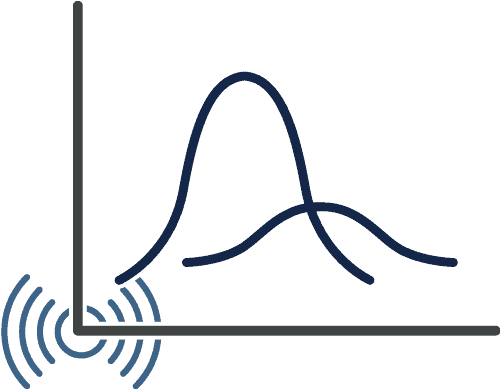
This table contains spline curve parameters, implied volatility surfaces, Greeks, and hedge deltas for all options expiration months with live market quotes.
The records backing each SpiderRock surface represent a two-dimensional curve with strikes in the X-axis expressed in terms of moneyness (i.e., standardized lognormal or normal) and options volatilities in the Y-axis expressed as a multiple of at-the-money volatility.
Live Surface Grid Records (Skew Surfaces)
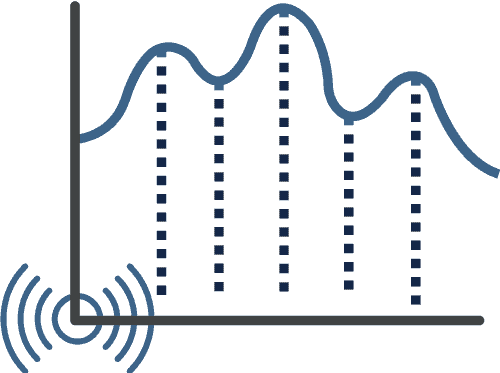
This table contains a fixed grid of volatility for a given expiration as a function of delta for uncensored curves. The file also includes days until the next earnings date and implied earnings moves.
Live Surface Fixed Term

Each snapshot contains at-the-money volatilities for fixed-term expirations: atm5d, atm10d, atm21d, atm42d, atm63d, atm84d, atm105d, atm126d, atm189d, atm252d, atm378d, and atm504d (two years).
The data also includes historical earnings move history, estimated implied earnings moves, uncensored curves with earnings events included, and censored curves with the impact of implied earnings events removed.
Product Offering
Options Volatility Surfaces
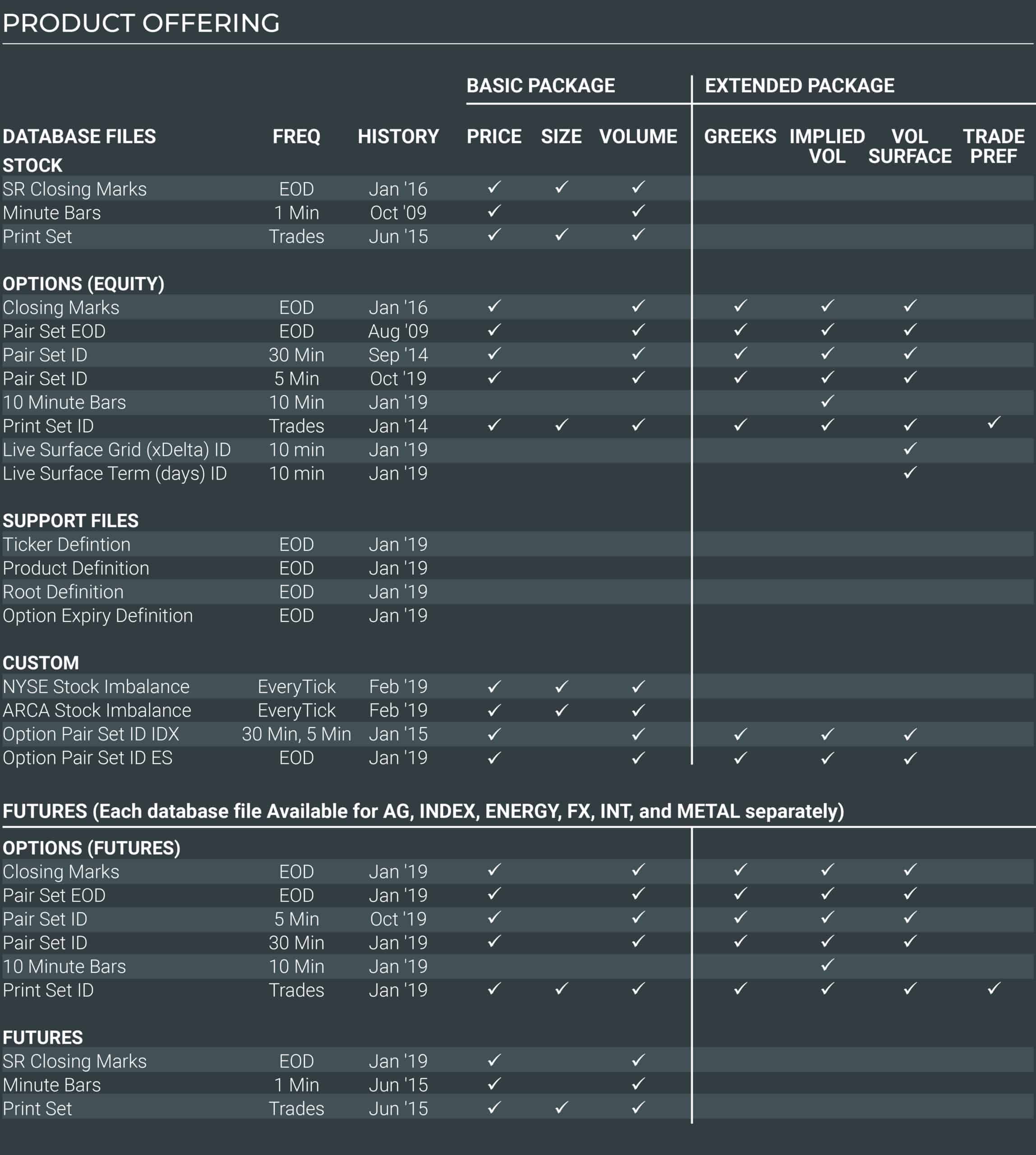
Why Use Our Historical Options Data With Volatility?
There are many use cases for volatility surface data and volatility term structure data. Accurate options pricing makes up the basis for valuation and risk calculations that are the foundations of strategy modeling, portfolio risk management, portfolio valuation, and return calculations.
A better understanding of a strike’s surface price allows for the valuation of those options more accurately and consistently. SpiderRock provides the highest quality surface fits across multiple markets giving you consistent surfaces that are proven in live market operations.
Compared to simple surface fits, like averaging prices for mid-market or taking the bid or the ask as a closing price of an option, SpiderRock surface pricing will result in more accurate valuations and risk calculations. Over time, better valuations from surfaces can lower standard deviations and enable potentially better quantitative models.
Leverage accurate surface prices for:
- Trading strategy development
- Evaluating portfolio risk
- Calculating portfolio valuation
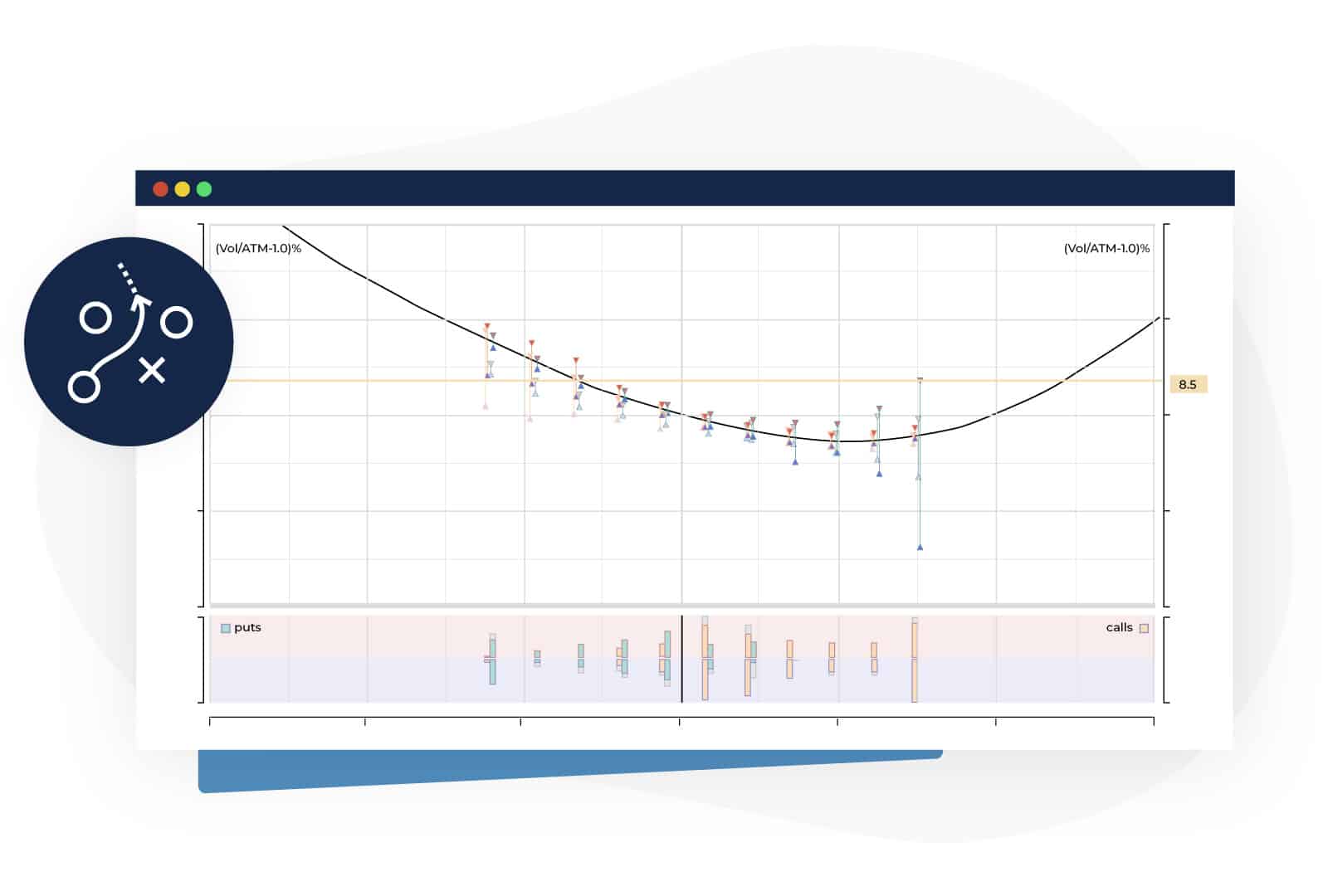

Use live surface curves directly to:
- Model dynamic short-term volatility markets for each option strike
- Model upside and downside risk by aggregating curves and measuring skew
Live surface constant maturity term curves enable:
- Modeling options volatility overtime. Since options expire frequently (months and days) it is easier to fix constant maturity points than model the individual strike dynamics.
- Modeling implied earnings moves and historical expectation
- Modeling the market skew ahead of events
- Modeling the implied market borrow rate
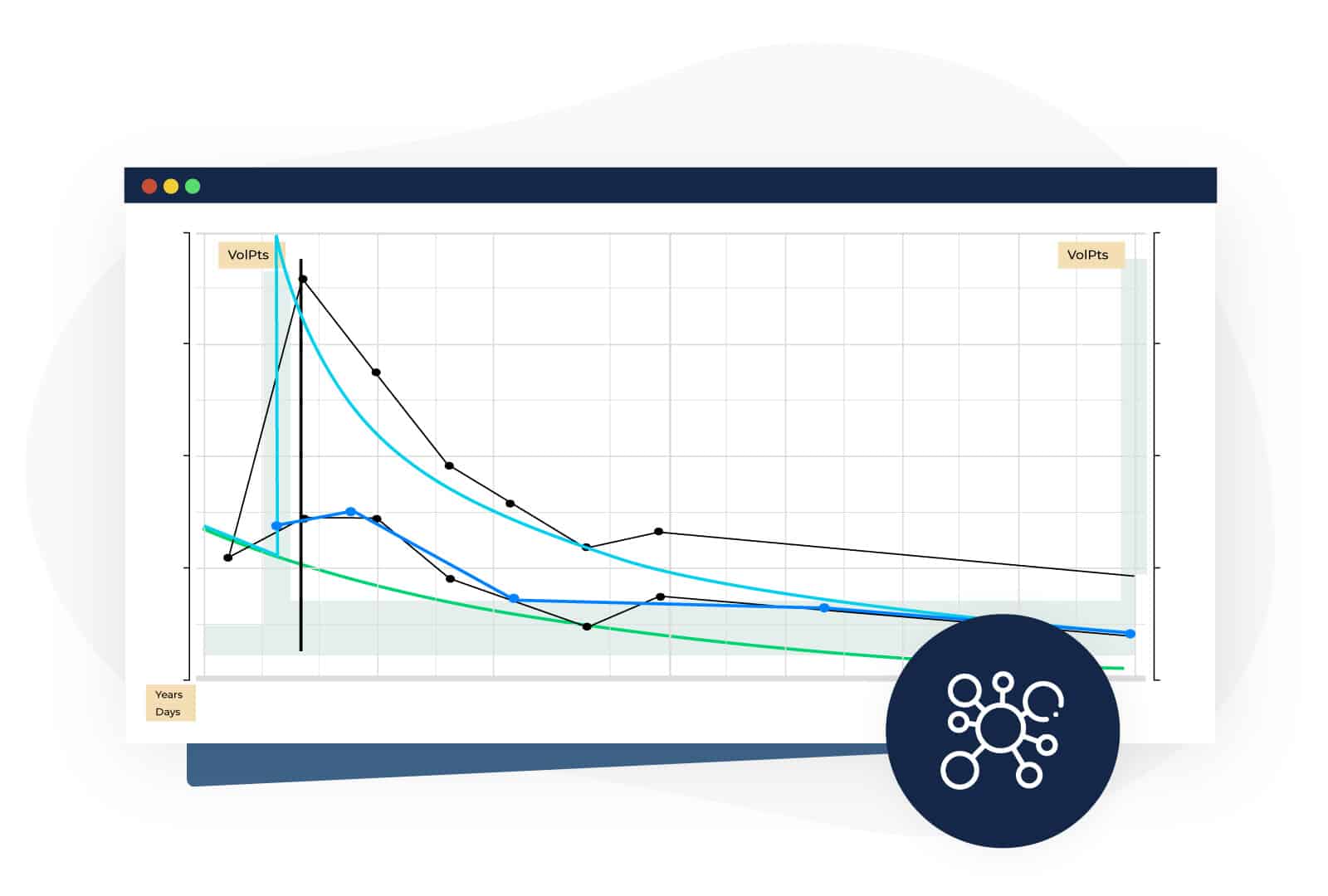
Other SpiderRock Data Products
We also offer multiple historical and real-time price datasets including options, volatility, and futures data.
FAQs About Our Volatility Surface Data
Do you provide volatility curves for synthetic index products like the VIX or SPX ?
Yes. There are several traded options on market indexes where the underlying index does not directly trade but futures on the index do. For example, the S&P 500 index is calculated and published at regular (15-second) intervals during the trading day and the SPX options on the CBOE are tied to the S&P 500 as the underlying index. The situation for the VIX is similar.
While there is no way to directly trade the index, the futures products can be used to hedge the options as well as estimate the value of the index.
Why use volatility data in my trading?
Fundamentally, the trading of options is about hedging the forward risk of the underlying asset. Volatility is a crucial property of this market that lets you estimate these risks.
Implied volatility is a projection of how much and how fast an option’s underlying security is likely to move in price. Since options trade in forward markets, volatility data provides market insight on how much and even what direction the underlying asset might move in the future.
While not every firm will want to manage the complexity of options trading, implied volatility data and surfaces provide insights that could be a valuable source of signals.
What is the difference between implied volatility and volatility surfaces?
Implied volatility is calculated at a point for the bid or ask price or at a calculated surface price using models such as Black-Scholes. Volatility surfaces are a fit of the bid and ask volatility to a smoothed curve. We can calculate the best fit surface across all bid and ask prices (often called a smile curve) for a given underlying. Another form of surfaces is to use the volatility model for individual options to calculate at-the-money volatility and set this on a fixed-term structure to make modeling over time more accessible.
Consult With Us
Please send your data and analytics inquiries to the SpiderRock data team via the contact form below.